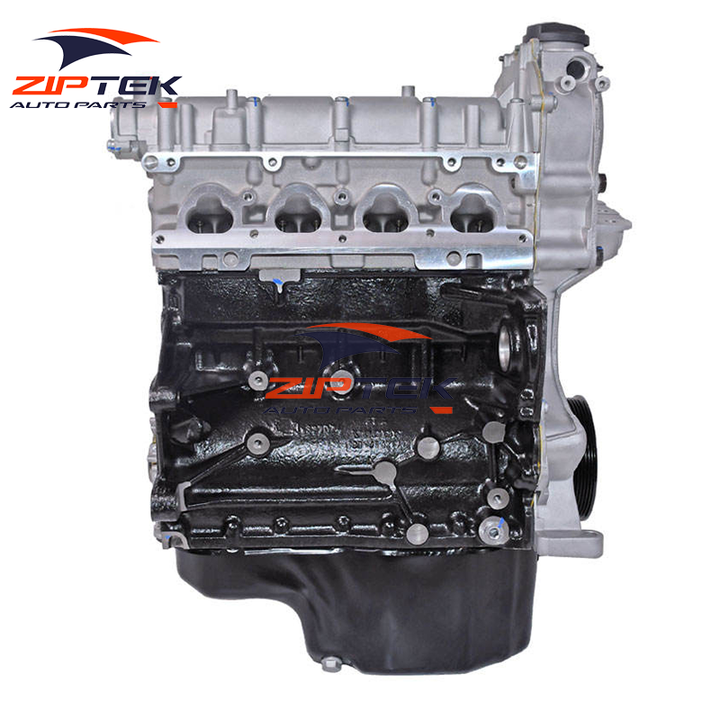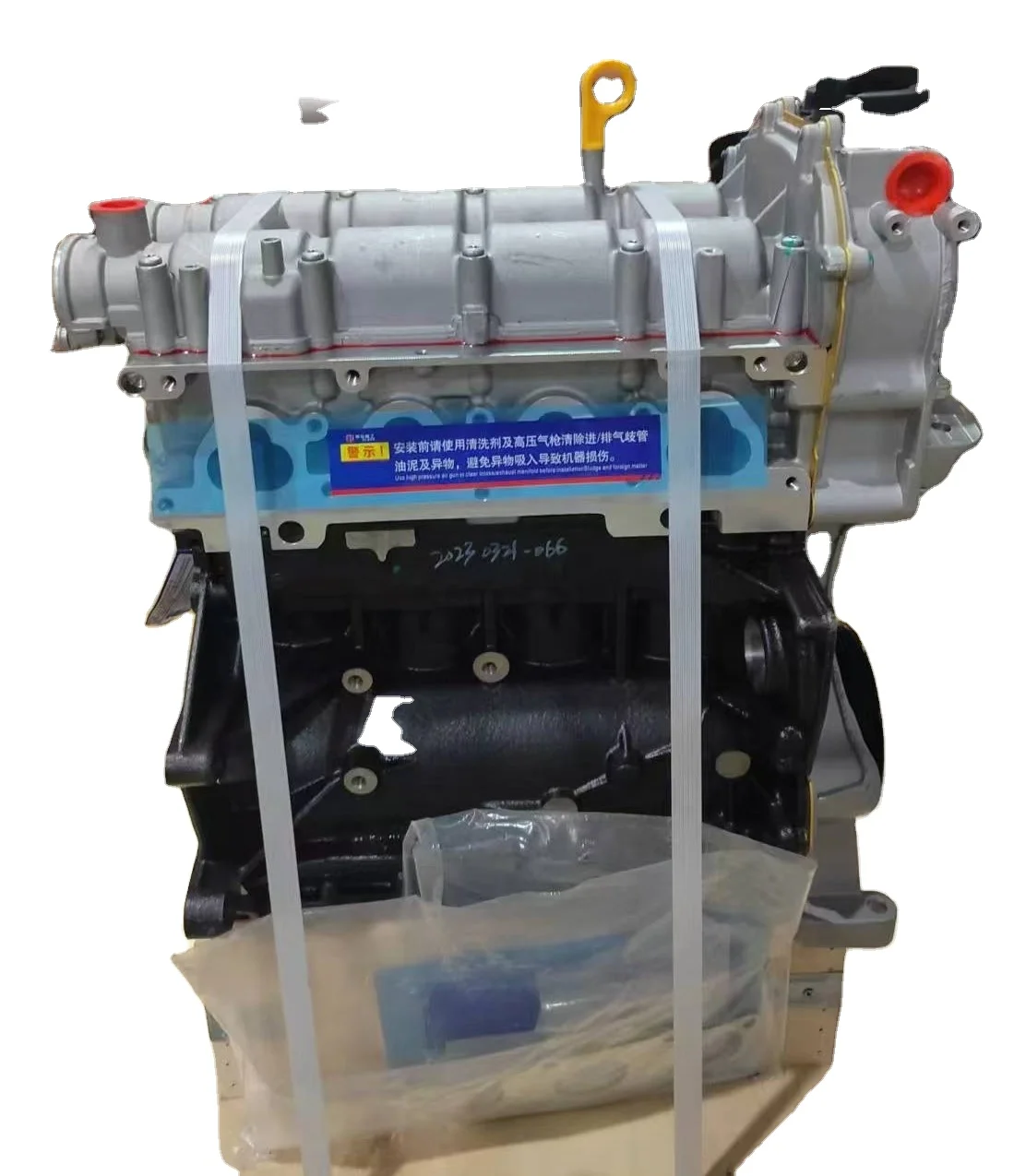Maximize productivity with a powerful clp engine.
Maximize productivity with a powerful clp engine.
Blog Article
How a Clp Engine Can Enhance Efficiency in Numerous Industries
The introduction of CLP engines notes a substantial shift in operational effectiveness throughout numerous sectors, driven by their capability to maximize gas usage and lessen downtime. As companies significantly prioritize sustainability together with effectiveness, the duty of CLP engines comes to be also more vital.
Summary of CLP Engines
CLP engines, or Constant Liquid Propellant engines, represent a significant advancement in propulsion modern technology, specifically for area applications. These engines use a continuous feed system that permits the continual expulsion of propellant, bring about improved effectiveness and performance compared to traditional strong or hybrid propulsion systems. By preserving a continuous flow of fluid propellant, CLP engines can accomplish a lot more accurate thrust control, which is essential for maneuvering spacecraft in numerous goal situations.
The design of CLP engines integrates innovative products and ingenious fuel monitoring systems. clp engine. This leads to decreased weight and increased integrity, vital elements for long-duration room objectives. The constant procedure lessens the risk of burning instability, a typical challenge in traditional rocket engines.

Benefits in Manufacturing
The manufacturing of Continuous Fluid Propellant (CLP) engines offers numerous notable advantages that boost both efficiency and cost-effectiveness. One of the primary benefits is the streamlined production process, which decreases the complexity connected with typical propulsion systems. By making use of fluid propellant, producers can accomplish higher precision in engine efficiency, bring about maximized power outcome and decreased waste.
Additionally, CLP engines facilitate a greater level of modularity, permitting simpler combination right into numerous production lines. This versatility can substantially lower preparations and boost general operational flexibility. The usage of CLP modern technology additionally has a tendency to reduce the need for extensive upkeep because of fewer moving parts, which converts right into lowered downtime and functional costs.

Applications in Logistics
Leveraging Constant Fluid Propellant (CLP) engines in logistics supplies substantial advantages in operational effectiveness and dependability. These engines supply a durable remedy for various transportation requirements, allowing the smooth activity of goods across large distances. The inherent design of CLP engines permits regular power output, which equates right into smoother and much more foreseeable transport timetables.
Among the key applications of CLP engines in logistics remains in durable freight transportation, where they can drive both ground and airborne see this site automobiles. Their capability to preserve high efficiency under differing load conditions makes sure that distribution timelines are satisfied, thereby improving client fulfillment. In addition, CLP engines can be integrated into automated logistics systems, assisting in real-time tracking and enhancing route planning.
Additionally, the longevity of CLP engines minimizes maintenance downtime, permitting logistics business to maximize their functional abilities. This is particularly valuable in warehousing procedures, where efficiency in taking care of and delivering goods is critical. As logistics proceeds to develop, the assimilation of CLP engines represents a forward-thinking approach that not just improves efficiency but additionally supports the sector's growing needs for dependability and rate.
Effect On Power Efficiency
Exactly How do Continuous Fluid Propellant (CLP) engines enhance power efficiency in transport? CLP engines make use of a consistent circulation of liquid gas, optimizing burning processes and preserving a secure thrust outcome. This layout reduces power losses connected with standard burning engines, where fuel shipment can differ and result in inefficiencies.
The constant procedure of CLP engines permits an extra efficient thermal cycle, leading to greater details impulse compared to traditional engines. clp engine. This converts to reduced fuel usage for the very same quantity of job done, considerably reducing functional prices throughout various transportation markets, consisting of aeronautics and maritime industries
Furthermore, the capability of CLP engines to keep optimum performance under varying tons problems decreases the requirement for constant velocity and deceleration, even more improving gas performance. Boosted power performance not just adds to set you back savings but also results in reduce greenhouse gas discharges, lining up with international sustainability objectives.
Future Trends and Innovations
Arising innovations in Continuous Fluid Propellant (CLP) engine technology promise to revolutionize the landscape of transportation efficiency and sustainability. As industries look at more info pivot toward greener options, CLP engines stand at the leading edge, incorporating ingenious products and layout techniques that boost efficiency while minimizing ecological influence.
Among one of the most appealing patterns is the adoption of hybrid systems that combine CLP engines with renewable energy resources. This harmony can maximize gas usage and decrease discharges, aligning with global sustainability objectives. Improvements in computational fluid characteristics (CFD) are helping with the layout of more aerodynamically efficient engines, leading to lowered drag and enhanced fuel efficiency.
Moreover, the advancement of smart monitoring systems is readied to improve operational performances. These systems take advantage of data analytics and IoT technology to maximize engine performance in real-time, making certain that the engines run within their most effective specifications.
As study proceeds to discover alternate propellant formulas-- such as biofuels and artificial gas-- the future of CLP engines looks appealing. By utilizing these innovations, industries can not only boost their effectiveness but i loved this additionally contribute considerably to a cleaner, a lot more sustainable future in transport.
Conclusion
To conclude, CLP engines stand for a substantial improvement in efficiency throughout several industries. Their capability to enhance gas consumption and lower functional expenses, incorporated with a constant feed system, improves power output and functional dependability. The integration of advanced products and less moving components decreases maintenance demands, while placement with sustainability goals positions CLP engines as a pivotal technology for the future. Continued innovation in this area assures more renovations in performance and ecological performance.
Report this page